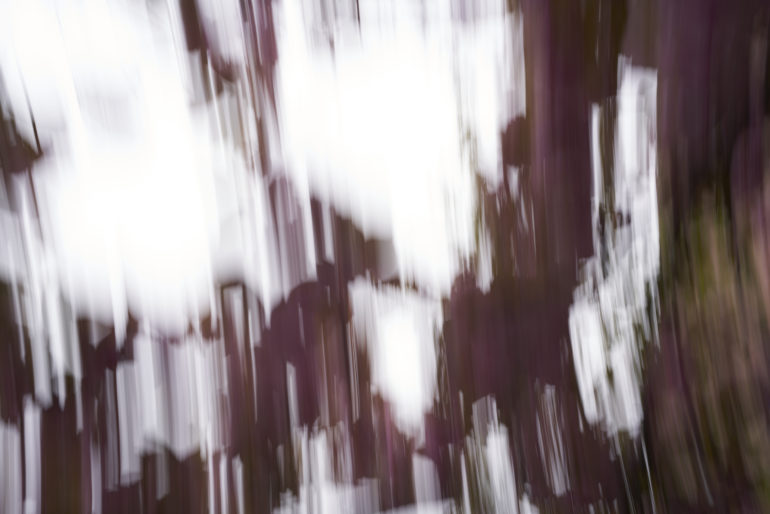
If you’ve been reading us for years, you’ll know one thing: we went out of our way to feature news and interviews with photographers and their galleries moreso than any other photography publication. And in January of this year, something happened that made us say that we’re taking a break from the art world. So this year, I’ve given direction to the staff to focus instead on just tech, combatting generative AI involved in image making, and more investigative stories. Additionally, we’ve leaned into the fact that we’ve tested the most cameras and lenses of any photo-speciality publication — so we do lots of roundups. Who would’ve thought that it would be working for us?
I’ve always been a person to lean into unfiltered honesty; and I’m going to do so right now.
Last year, there were several photographers who were insanely difficult to work with. What that means is that :
- There were enough who were late getting back to us — which throws off our publishing schedule.
- They were enough that, at times, insanely rude to a publication that wants to feature them in a friendly manner, and even keep linking back to them.
- The galleries and museums weren’t receiving coverage from any other publication, and yet refused to work with us on a more sustainable business relationship/
- It wasn’t bringing in enough traffic because photographers are ultimately selfish and don’t care about when other colleagues of their make it into publications.
- The general public is brainwashed into thinking that photography isn’t art.
- The manufacturers have made it so that photography is incredibly simple with the press of a button — therefore making the barrier to entry quite low. To that end, people think that photography isn’t art because anyone can do it. Yet they don’t understand flash or other special in-camera techniques.
- Photographers themselves are creating low-quality work due to social media algorithms, which praise the idea of getting on a trend instead of sincere creativity and originality.
But the big one that broke the last straw for me is this: for a time that’s more than I can remember without looking back in my email history, a photographer’s representative said that we cannot publish images first because the New York Times apparently bought exclusive rights to being able to release the story first. This not only hurts publications like ours that are often fast enough to release a story ahead of the Times, but it’s also against journalistic ethics. I can’t prove that the New York Times did this, but I can reference that many have told us that they Times did it.
Speaking from a place of honest intelligence, I’m sick of it. I’m sick of trying to convince photographers that they need to be making original artwork so that generative AI doesn’t copy what they do. And the way that we were doing that is by highlighting and championing the photographers who did so.
Our website has always been one to put women, POCs, and LGBTQAI+ photographers to the front in addition to featuring unique photography when we saw it.
But as much as we’ve been a shield for that community, I’ve truly never felt like they’ve come back to help us.
A few years ago, I was close to shutting the site down until a few advertisers came in and helped the site. And I took a long, hard look at what wasn’t working for us. Just like in real life, we often need to cut out toxic relationships even though we may have an affinity for them.
For the site, that toxic relationship is the art world.
Art world: you need to work on yourself. It isn’t about Instagram anymore. If you want clients who want to buy your work, you need to start making work that generative AI can’t copy. On top of that, you need to respect yourself enough to protect your copyrights. This doesn’t mean that you send a company like CopyTrack against us telling us to pay to use the images that you gave us permission to use — instead it means that you do it based on the relationships you’ve garnered and worked hard on over the years.
Just think about it: all the other photo specialty publications don’t focus on art. Why? Because it’s not sustainable for any of us.
And the art world abused the last website that cared.
The bridge is burned; and I’m not going to be the one to rebuild it for the Phoblographer.
You have to be.

